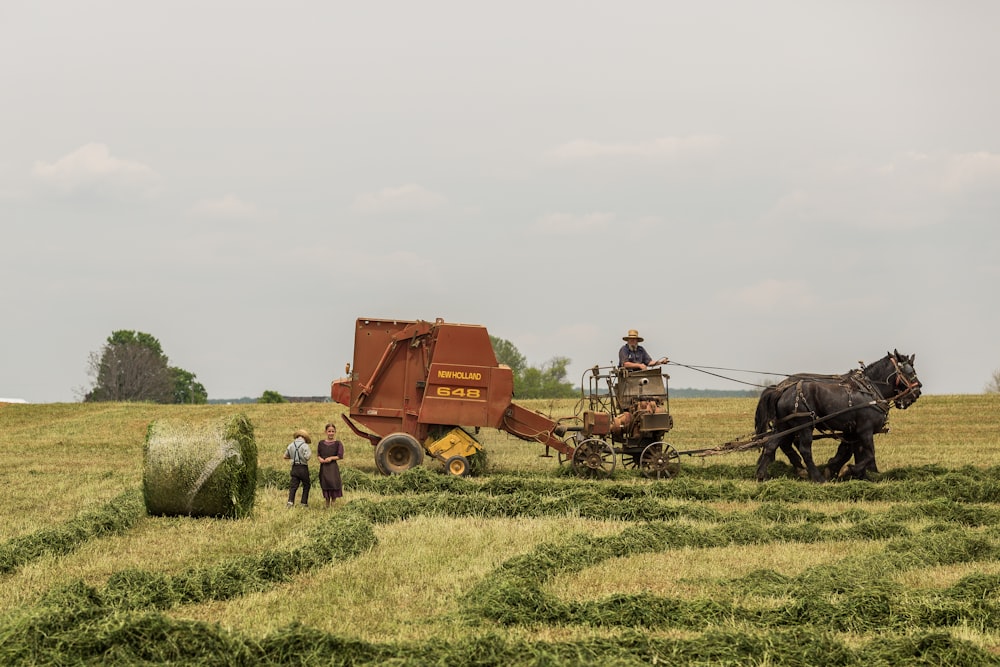In May of 2017, the Economist headed that data had surpassed oil as the world’s most valuable asset. The new commodity has only taken a decade or two to not only spawn the first trillion-dollar companies, but also changed almost every sector in the modern economy. One of the beneficiaries of this development, has been farming. But will the farmer be?
Deploying digital technology in farming is nothing new. John Deere started to fit its tractors with GPS technology since the beginning of this century, with huge results. Issues previously thought part of industrial agriculture were now avoidable; As a concrete example, one might think of spraying parts of a field twice, missing strips, and the costs that come with them. The deployment of this rather simple technology meant for certain businesses that they cut back considerably on fuel, water and fertiliser, while increasing yield.
These developments, however, are dwarfed by current trends in the deployment of IoT technology in farming. Not only do these developments grow exponentially, the latest developments also create another output altogether: data.
IoF2020 is on the forefront of these developments. This has allowed the project to witness not only the great technical possibilities of IoT technology in the agrifood sector, it has also given a glimpse in the future of farming as a socio-economic sector.
IoT deployment comes in a package of two: hardware and software. Each bringing their challenges, and both posing questions.

Drones, soil sensors, and weeding robots are plenty these days, and the average farmers has at least the notion what these can bring to the table. Numbers (as not to use ‘data’) are plentiful (especially in a project like this one) which show the positive aspects these bring. Two sidenotes ought to be drawn however, which may pose challenges going into a large-scale deployment.
Firstly, these objects are not cheap. A self-driving farming robot, or a drone equipped with spraying arms or cameras can surpass the average budget a farmer would hold quite easily. This machinery thus poses a high barrier to entry for the average farmer. Less so, however, for mega-farms, or farms owned by larger corporations. In the spirit of revitalising rural environments in Europe, the idea that family farms would be in risk of jeopardy due to this new technology should be raise for discussion. Therefore one can conclude that addressing pressing matters such as yield, environmental concerns and climate change through adopting technology, raises its own set of (socio-economic) challenges which should not be swept under the rug.
Secondly, automatisation as resulting from self driving tractors and weeding robots, cut labour costs, which is the positive side of cutting labour. It will be a while before a farm could run itself, but various IoF2020 use cases have shown huge promises in reducing man-hours. Again here, while the outlook on the future is made quite positive overall, there is a socio-economic challenge to this as well.
Software
Much more on the forefront of current debate in these digital times, are the questions around data. As mentioned earlier, the future most valuable output of a farm might no longer be potatoes, olives, or milk, but data. This elusive, intangible good is not only something most farmers are not very knowledgable about; as a commodity it is a whole different thing than agricultural output altogether.
Let us take the example of arable farming: when a farmer deploys soil sensors, she receives a stream of data in response. However, that data has been collected in the cloud by a certain company. Although our farmer is the ‘data originator’, she immediately shares the possesion of data with the company, aptly called the ‘data provider’. As opposed to ownership over crops, the data is not excludable, and can be copied and shared unlimitedly. Were the company thus to choose to gather data from different arable farmers, they could sell that to third farmers in similar situations and offer them straightforward solutions to their challenges, based on the testing and results from the farmers in its network.
This, in a nutshell, poses the conundrum around data in farming. Combine if you will, in the exercise of a ‘worst case scenario’ the hard- and software challenges, and one could see how it could change the socio-economic landscape of European farming.
A possible solution: governance
Governance, however, has not sat idle by as these technological and digital revolutions take shape: generally one might recount the much talked about GDPR protecting individuals rights. However, the case for GDPR regulations to also cover agronomic data in a professional situation, is rather weak as it does not concern data on individuals (personal data), but rather on crops in a profesisonal setting. Leaving the field quite vulnerable, COPA-GOGECA (Committee of Professional Agricultural Organisations-General Confederation of Agricultural Cooperatives) has tried to fill this void.
With its ‘EU Code of conduct on agricultural data sharing by contractual agreement’, the organisation has succesfully created a framework lining out the playin field. Extending in large part protections under the GDPR to the field of agricultural data, and further protecting European farmers in these paradigm shift, the Code of Conduct shows the way to EU legislators and society.
These first dips in the pool of oncoming large-scale changes in the European agriculture sector, ought to be the moment to think of putting on floaties before farmers are pushed in the deep end.